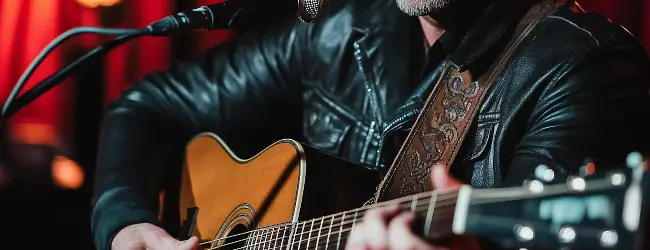Now I am fascinated by rational thinking. It is interesting. It not only calms down my intense empathy, but it also entertains me. I am enjoying changing my life.
Today, I will talk about how to visualize rationality.
How to understand rationality instinctively
Sometimes, we want to be more rational. It allows us to improve our lives naturally.
Rationality brings us enjoyment. A typical example is curiosity. It makes us want to know new things. We acquire skills without even knowing it.
Examples of skills are cooking, mastering a second language, playing instruments, singing, painting, blogging, and living independently.

They are valuable, so many people want them.
Rationality provides us with the best skills that suit our circumstances, including our unique individuality. That is why we want to be more rational.
However, we sometimes cannot understand it instinctively.
To make it happen, I will visualize and explain rationality. It might make it easier to understand.
What is rational thinking?
Rationality means looking more upstream, as I explained in the previous article (this article). It makes us want to know the entire system.
In other words, everything is influenced by multiple factors. We are also affected by many things. That causes our desires and problems.
Many things might have affected us, such as DNA, individuality, childhood unforgettable memories, human relationships, the state of wealth, current circumstances, the future vision, and even a singer we admired in our youth.

If we have too many elements, it is confusing, so we categorize them into multiple groups. That makes it easier to think rationally. I like three or four. Sometimes, one or two can be appropriate. We treat these categories as sources of influence.
It is more efficient to adjust the sources of influence than to deal with our current problems. In other words, rationality is focusing on the sources of influence.
Visualization of rationality
We can visualize it as the image shown below:
Three factors:

The left side is upstream. The upstream elements become more abstract.
These upstream elements have a theme. Balancing them achieves the theme. (I will explain it in detail with an example below.)
The two factors:

If we divide into two factors, the concept of yin and yang works well.
The one factor (the cause):

When we want to abstract our desires more, we can use this one cause. (I will explain this below.)
An example of learning a second language
Let’s look at an example.
Suppose we want to learn a second language to improve our lives. In other words, the current problem is the second language.
Then, we think of a theme. For what purpose do we want it? In this example, assume we want it for happiness.
In this case, we can visualize it as the image shown below:

We can find that it is unnatural because the weight of the second language on happiness is too large. Does learning a second language account for one-third of happiness? No way.
Abstracting the want
It means that we have to modify the theme or the problem. Consider which one is important for you.
In this example, assume we prioritize happiness over learning a second language. In other words, we can give up the second language for happiness.
Then, we will abstract it. What elements of happiness are related to a second language?
In this case, let’s say we wanted self-esteem so that many people respect us. It means mental fulfillment, as shown in the following image:

We can understand that our wish for mental fulfillment made us desire to master the second language. The theme is ‘for part of happiness.’
Identifying our true want
With this abstraction, we can visualize our wants as the image shown below:

That allows us to identify other elements. It might be a set of mental fulfillment, physical fulfillment, and harmony with the environment. It could also be a set of mental fulfillment, health, and social resources.
They seem natural.
Finally, we find what elements are underestimated and what elements are overestimated. Balancing them improves the theme—happiness.
Of course, we can use two factors—the yin-yang model. However, it is a little too abstract to create a strategy. I recommend dividing it into three.
Solving problems rationally
With just this work, we realize that learning a second language is not the essence of happiness. We avoided wasting hundreds of hours on learning.
Rationality prevented waste.

If the second language leads to happiness, we should have another kind of trouble. For example, we might have a problem of being unable to live in the current environment. That can lead our interest to another country or culture.
Rationality doesn’t directly solve problems. It solves the root problem. It means that if we are rational, our curiosity directs us away from problems. That is the nature of rationality. Knowing this quality will help us.
Conclusion
That is the visualization of rational thinking.
It might make it easier to understand instinctively and allow you to improve your life rationally.
Thank you for reading this article. I hope to see you in the next one.


